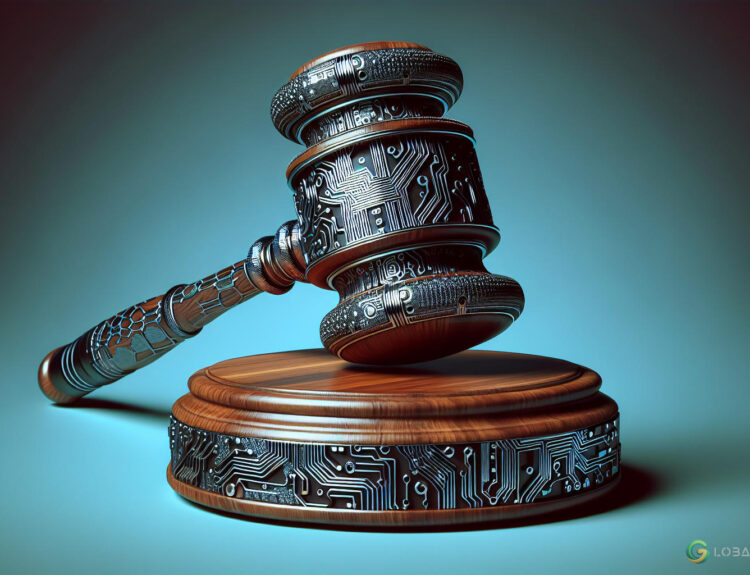“`html
Crypto executives are increasingly being targeted by a new wave of AI-powered deepfake impersonation attacks, with industry leaders like Binance’s Changpeng Zhao (CZ) issuing strong warnings about the growing risks.
The Rise of AI-Driven Deepfake Attacks
Recent reports highlight a troubling trend where malicious actors use deepfake technology to impersonate individuals during video calls, tricking victims into installing malicious software. Binance’s former CEO, Changpeng Zhao, has emphasized the severity of this threat, warning that even video-based identity verification could soon become unreliable due to the sophistication of these attacks.
Zhao’s warning follows a post by Japanese crypto figure Mai Fujimoto, who shared her personal encounter with such a scheme. Fujimoto recounted how attackers posed as one of her acquaintances during a Zoom call, leading her to inadvertently install malware that compromised her accounts.
“When I opened the Zoom link, her face appeared, so I didn’t suspect anything. If I had known about this kind of attack, I might not have clicked the link. I want everyone to be aware of this and take caution to prevent similar incidents,” Fujimoto stated.
How the Scam Works
The attackers typically pose as trusted contacts and initiate a video call using deepfake technology. During the call, they claim that audio issues require the victim to update their software and share a link to a malicious file. Once clicked, the malware grants the hackers unauthorized access to sensitive data, including crypto wallets and social media accounts.
Fujimoto’s case is not isolated. Former Animoca executive Mehdi Farooq reported a similar incident where attackers used deepfakes of two of his acquaintances. After following their instructions to install a fake update, Farooq lost access to six crypto wallets, resulting in a significant financial loss.
Who Is Behind These Attacks?
Security analysts have linked these schemes to the notorious North Korea-backed hacker group Lazarus, which has a history of targeting the cryptocurrency industry. Lazarus is known for executing some of the largest breaches and thefts in the sector, making them a persistent threat to crypto investors and executives alike.
Steps to Protect Yourself
As these attacks grow more sophisticated, it’s crucial for individuals in the cryptocurrency space to adopt proactive security measures. Here are some tips to safeguard your accounts and assets:
- Verify video calls: If you receive an unexpected video call, double-check the sender’s identity through another communication channel before proceeding.
- Avoid unsolicited links: Never click on links shared during calls, especially if they claim to be software updates or similar requests.
- Use official sources: Only download software or updates directly from official websites or verified app stores.
- Enable multi-factor authentication (MFA): Protect your accounts with MFA to add an extra layer of security.
- Stay informed: Regularly educate yourself on the latest cybersecurity threats and best practices.
Industry-Wide Concerns
The rise of AI-generated deepfakes has become a significant concern for the cryptocurrency industry. A recent report revealed that 40% of high-value frauds in 2024 involved deepfake impersonations of government officials, celebrities, and industry leaders. This highlights the urgent need for stricter security protocols and increased vigilance within the crypto community.
Founders from several projects, including Manta Network, Mon Protocol, Stably, and Devdock AI, have also reported similar phishing attempts, suggesting a coordinated wave of attacks targeting the industry.
With the stakes higher than ever, it’s essential for crypto investors, executives, and enthusiasts to remain cautious and adopt robust cybersecurity measures to protect their assets and personal information.
“`
























